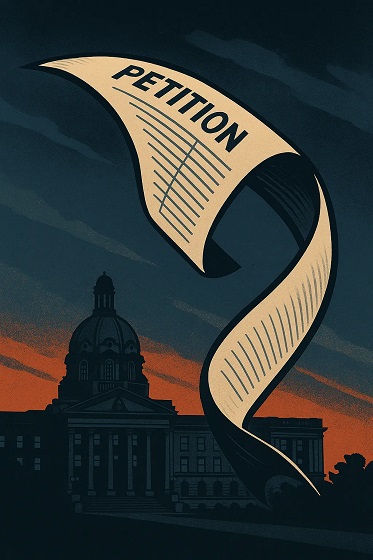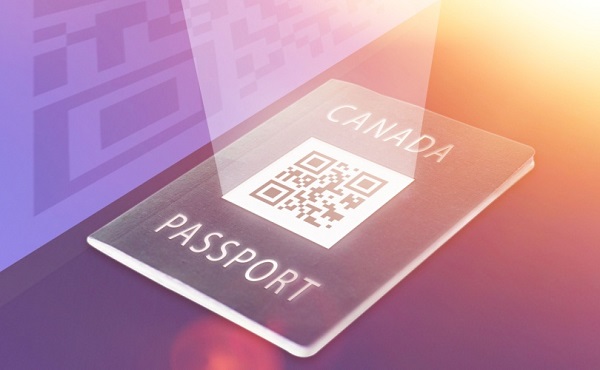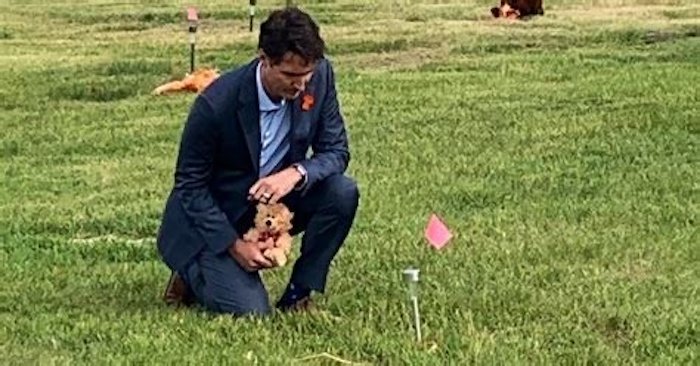Alberta
Alberta government must further restrain spending to stabilize provincial finances
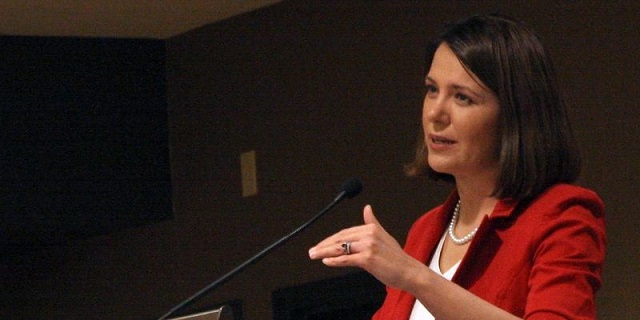
From the Fraser Institute
By Tegan Hill
This year, program spending will reach a projected $14,334 per Albertan, which is $1,603 more per person (inflation-adjusted) than the Smith government originally planned to spend this year as outlined in the 2022 mid-year budget update.
Despite recording a $4.3 billion surplus last year, Premier Danielle Smith remains committed to a new approach to Alberta finances that relies less heavily on resource revenue, which includes restraining spending levels below the rate of inflation and population growth. That’s a big step forward, but is it enough to stabilize Alberta’s boom and bust rollercoaster?
First, some background.
After nearly a decade and a half of routine budget deficits, Alberta swung to a budget surplus when resource revenue (which includes includes oil and gas royalties) skyrocketed from $3.1 billion in 2020/21 to $16.2 billion in 2021/22. In 2022/23, the government enjoyed the highest level of resource revenue on record and relatively high levels have continued in recent years. Correspondingly, Alberta’s surpluses have continued.
Alberta governments have a habit of increasing spending during times of high resource revenue, such as the province is currently experiencing, to levels that are unsustainable without incurring deficits when resource revenue inevitably declines. That’s why the Smith government’s commitment to spending restraint is an important one.
Unfortunately, however, due to the Smith government’s spending increases in previous years, this restraint won’t go as far in stabilizing provincial finances. Moreover, there are a number of limitations and exceptions to these new spending rules that may impede their effectiveness.
Consider that this year, program spending will reach a projected $14,334 per Albertan, which is $1,603 more per person (inflation-adjusted) than the Smith government originally planned to spend this year as outlined in the 2022 mid-year budget update.

As shown above, program spending (inflation-adjusted) will reach a projected $14,041 per person in 2025/26 and a projected $13,750 per person in 2026/27, which is equivalent to per-person increases of $1,571 and $1,538, respectively, compared to the original plan in 2022.
So while per-person (inflation-adjusted) spending is set to decline, which aligns with the Smith government’s commitment, this restraint is starting from a higher base level due to spending decisions thus far. That means more work needs to be done to rein in spending.
Indeed, for perspective, if the Smith government had simply stuck to its original plan, spending would be closely aligned with stable, more predictable sources of revenue. And ultimately, that’s the way to avoid deficits.
There’s also several limitations and exceptions for the government’s new spending rule. For example, the spending limit applies only to “operating expense,” which does not include longer-term spending, disaster and emergency assistance, spending related to dedicated revenue, or contingencies. As a result of various limits and exceptions, total program spending growth in 2023/24 exceeds inflation and population growth by 1.8 percentage points. Put simply, these limitations and exceptions add to the risk of budget deficits.
Sustainable finances have been impeded by increases in per person spending since 2022. So while the Smith government deserves credit for its commitment to restrain spending moving forward, Alberta’s fiscal challenges aren’t over.
Author:
Alberta
Danielle Smith slams Skate Canada for stopping events in Alberta over ban on men in women’s sports

From LifeSiteNews
The Alberta premier has denounced Skate Canada as ‘disgraceful’ for refusing to host events in the province because of a ban on ‘transgender’ men in women’s sports.
Alberta Premier Danielle Smith has demanded an apology after Skate Canada refused to continue holding events in Alberta.
In a December 16 post on X, Smith denounced Skate Canada’s recent decision to stop holding competitions in Alberta due to a provincial law keeping gender-confused men from competing in women’s sports.
“Women and girls have the right to play competitive sports in a safe and fair environment against other biological females,” Smith declared. “This view is held by a vast majority of Albertans and Canadians. It is also common sense and common decency.”
Women and girls have the right to play competitive sports in a safe and fair environment against other biological females.
This view is held by a vast majority of Albertans and Canadians. It is also common sense and common decency.
Skate Canada‘s refusal to hold events in… pic.twitter.com/n4vbkTx6B0
— Danielle Smith (@ABDanielleSmith) December 16, 2025
“Skate Canada‘s refusal to hold events in Alberta because we choose to protect women and girls in sport is disgraceful,” she declared.
“We expect they will apologize and adjust their policies once they realize they are not only compromising the fairness and safety of their athletes, but are also offside with the international community, including the International Olympic Committee, which is moving in the same direction as Alberta,” Smith continued.
Earlier this week, Skate Canada announced their decision in a statement to CBC News, saying, “Following a careful assessment of Alberta’s Fairness and Safety in Sport Act, Skate Canada has determined that we are unable to host events in the province while maintaining our national standards for safe and inclusive sport.”
Under Alberta’s Fairness and Safety in Sport Act, passed last December, biological men who claim to be women are prevented from competing in women’s sports.
Notably, Skate Canada’s statement failed to address safety and fairness concerns for women who are forced to compete against stronger, and sometimes violent, male competitors who claim to be women.
Under their 2023 policy, Skate Canada states “skaters in domestic events sanctioned by Skate Canada who identify as trans are able to participate in the gender category in which they identify.”
While Skate Canada maintains that gender-confused men should compete against women, the International Olympic Committee is reportedly moving to ban gender-confused men from women’s Olympic sports.
The move comes after studies have repeatedly revealed what almost everyone already knew was true, namely that males have a considerable innate advantage over women in athletics.
Indeed, a recent study published in Sports Medicine found that a year of “transgender” hormone drugs results in “very modest changes” in the inherent strength advantages of men.
Additionally, male athletes competing in women’s sports are known to be violent, especially toward female athletes who oppose their dominance in women’s sports.
Last August, Albertan male powerlifter “Anne” Andres was suspended for six months after a slew of death threats and harassments against his female competitors.
In February, Andres ranted about why men should be able to compete in women’s competitions, calling for “the Ontario lifter” who opposes this, apparently referring to powerlifter April Hutchinson, to “die painfully.”
Interestingly, while Andres was suspended for six months for issuing death threats, Hutchinson was suspended for two years after publicly condemning him for stealing victories from women and then mocking his female competitors on social media. Her suspension was later reduced to a year.
Alberta
Alberta’s huge oil sands reserves dwarf U.S. shale

From the Canadian Energy Centre
By Will Gibson
Oil sands could maintain current production rates for more than 140 years
Investor interest in Canadian oil producers, primarily in the Alberta oil sands, has picked up, and not only because of expanded export capacity from the Trans Mountain pipeline.
Enverus Intelligence Research says the real draw — and a major factor behind oil sands equities outperforming U.S. peers by about 40 per cent since January 2024 — is the resource Trans Mountain helps unlock.
Alberta’s oil sands contain 167 billion barrels of reserves, nearly four times the volume in the United States.
Today’s oil sands operators hold more than twice the available high-quality resources compared to U.S. shale producers, Enverus reports.
“It’s a huge number — 167 billion barrels — when Alberta only produces about three million barrels a day right now,” said Mike Verney, executive vice-president at McDaniel & Associates, which earlier this year updated the province’s oil and gas reserves on behalf of the Alberta Energy Regulator.
Already fourth in the world, the assessment found Alberta’s oil reserves increased by seven billion barrels.
Verney said the rise in reserves despite record production is in part a result of improved processes and technology.
“Oil sands companies can produce for decades at the same economic threshold as they do today. That’s a great place to be,” said Michael Berger, a senior analyst with Enverus.
BMO Capital Markets estimates that Alberta’s oil sands reserves could maintain current production rates for more than 140 years.
The long-term picture looks different south of the border.
The U.S. Energy Information Administration projects that American production will peak before 2030 and enter a long period of decline.
Having a lasting stable source of supply is important as world oil demand is expected to remain strong for decades to come.
This is particularly true in Asia, the target market for oil exports off Canada’s West Coast.
The International Energy Agency (IEA) projects oil demand in the Asia-Pacific region will go from 35 million barrels per day in 2024 to 41 million barrels per day in 2050.
The growing appeal of Alberta oil in Asian markets shows up not only in expanded Trans Mountain shipments, but also in Canadian crude being “re-exported” from U.S. Gulf Coast terminals.
According to RBN Energy, Asian buyers – primarily in China – are now the main non-U.S. buyers from Trans Mountain, while India dominates purchases of re-exports from the U.S. Gulf Coast. .
BMO said the oil sands offers advantages both in steady supply and lower overall environmental impacts.
“Not only is the resulting stability ideally suited to backfill anticipated declines in world oil supply, but the long-term physical footprint may also be meaningfully lower given large-scale concentrated emissions, high water recycling rates and low well declines,” BMO analysts said.
-

 Daily Caller2 days ago
Daily Caller2 days agoParis Climate Deal Now Decade-Old Disaster
-

 Business1 day ago
Business1 day agoOttawa Pretends To Pivot But Keeps Spending Like Trudeau
-

 Health2 days ago
Health2 days agoCanadian gov’t considers sharing census data on gender-confused children
-

 Indigenous2 days ago
Indigenous2 days agoResidential school burials controversy continues to fuel wave of church arsons, new data suggests
-

 Alberta2 days ago
Alberta2 days agoAlberta’s huge oil sands reserves dwarf U.S. shale
-
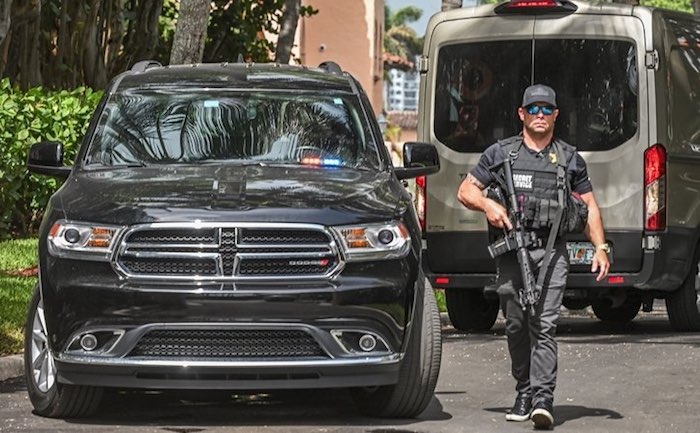
 International2 days ago
International2 days agoFBI didn’t think it had cause to raid Trump but DOJ did it anyway
-

 Energy1 day ago
Energy1 day agoLiberals Twisted Themselves Into Pretzels Over Their Own Pipeline MOU
-

 Censorship Industrial Complex1 day ago
Censorship Industrial Complex1 day agoHow Wikipedia Got Captured: Leftist Editors & Foreign Influence On Internet’s Biggest Source of Info



